I started shooting around with my Kiev 10 and its 20mm Mir when the Covid-19 closures started in New York City. I soon realized that the only places that were open for business here in Brooklyn where I live, and open to be photographed, were those deemed “essential services” by New York State.
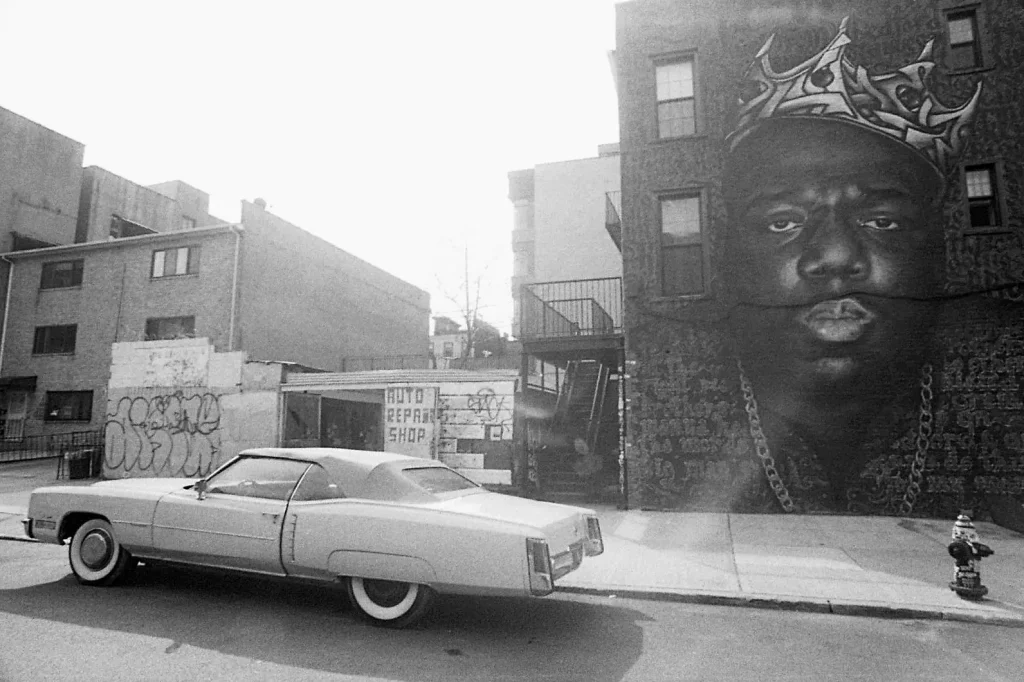
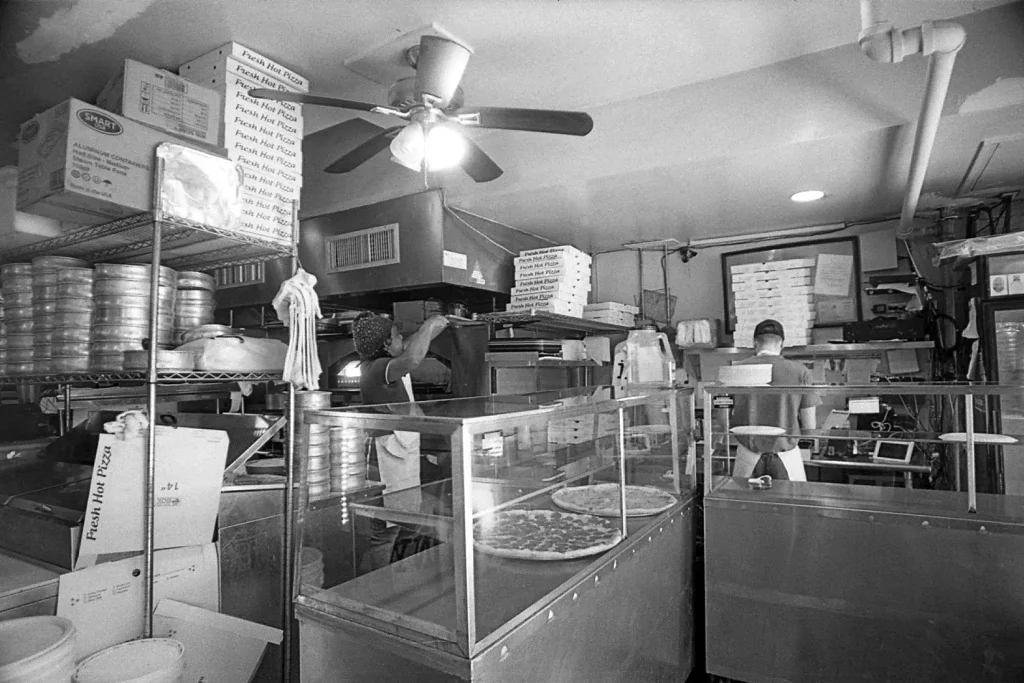
I started out with the idea of including a broad range of essential services, those both obvious and those arguably not so essential. I took a pic of the window of a Mexican restaurant where its to-go cocktails were listed under a bright illuminated Corona sign. Besides being cheesy and a crap photo, by the time I was finishing up the series things had turned a bit more serious.
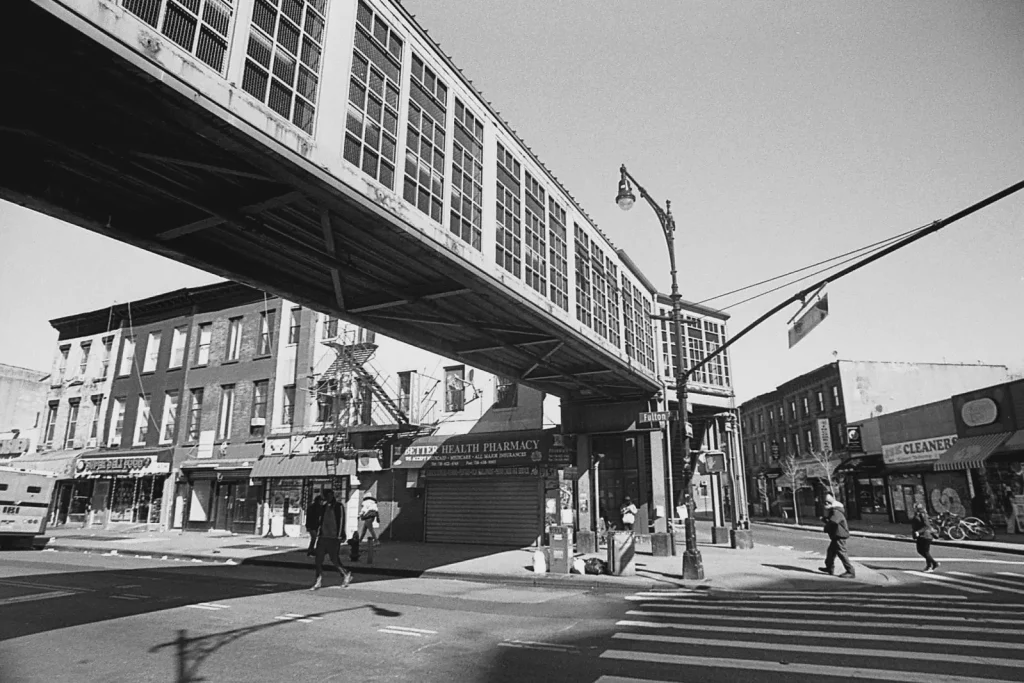
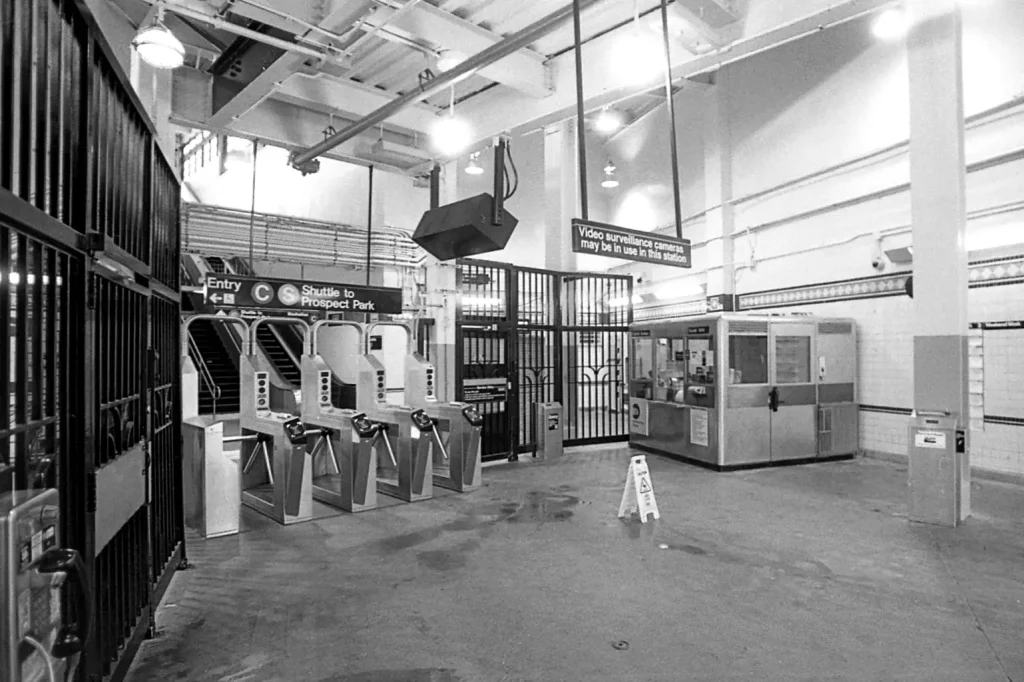
A bit ominous. Deaths from the pandemic had gotten within a couple degrees of separation to me and I understand the stark reality that they might very well get closer. Along with this sense of foreboding came a renewed sense of appreciation for the essential services still available and respect and gratitude to the people who deliver them.
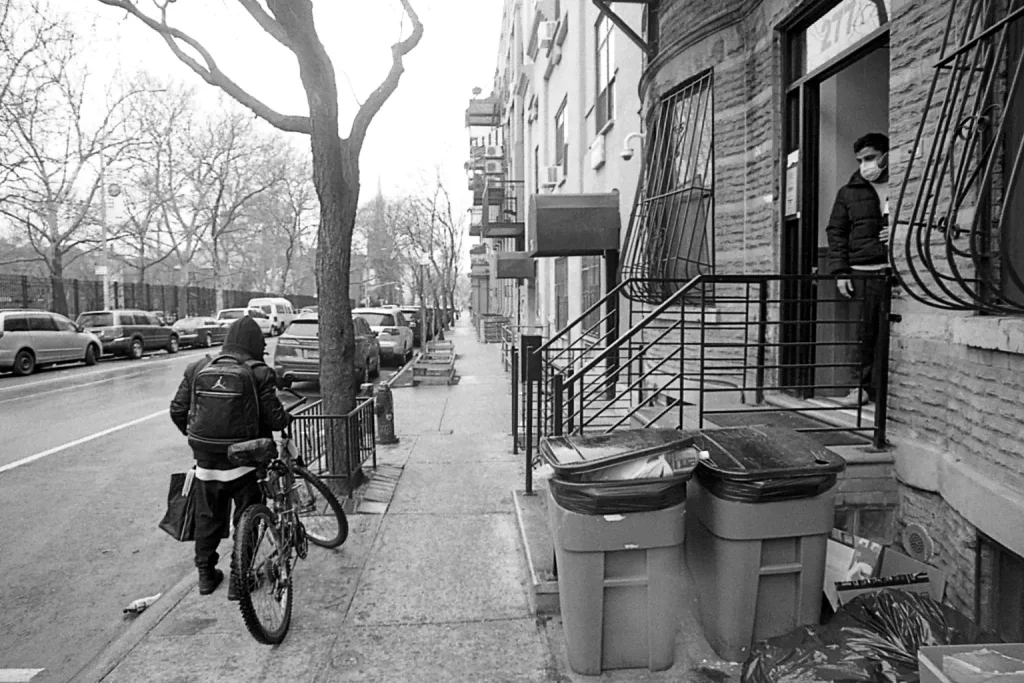
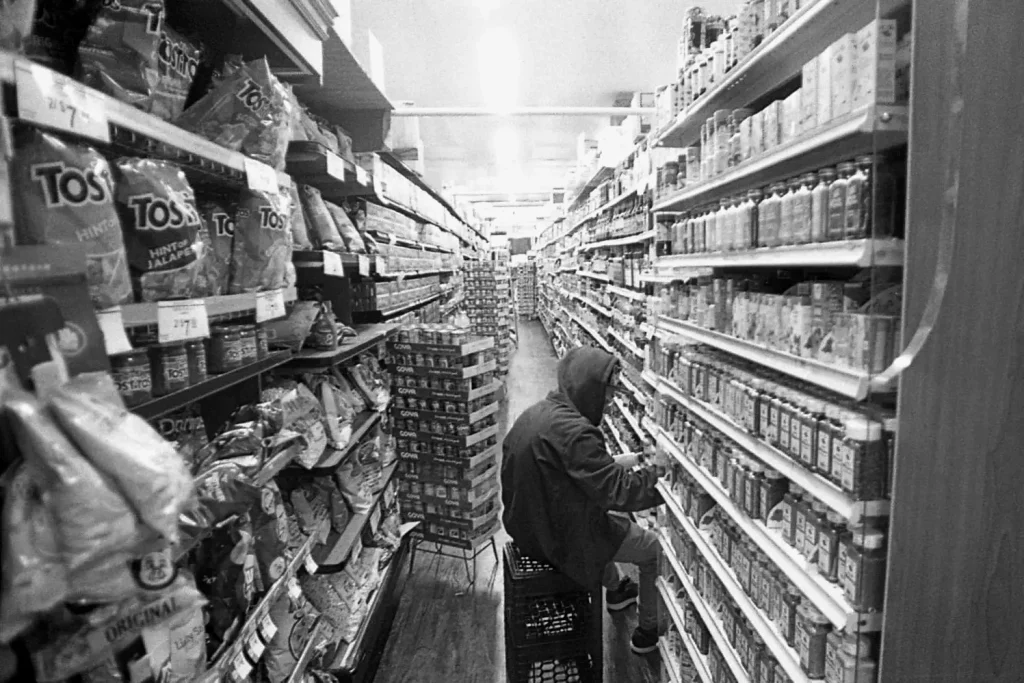
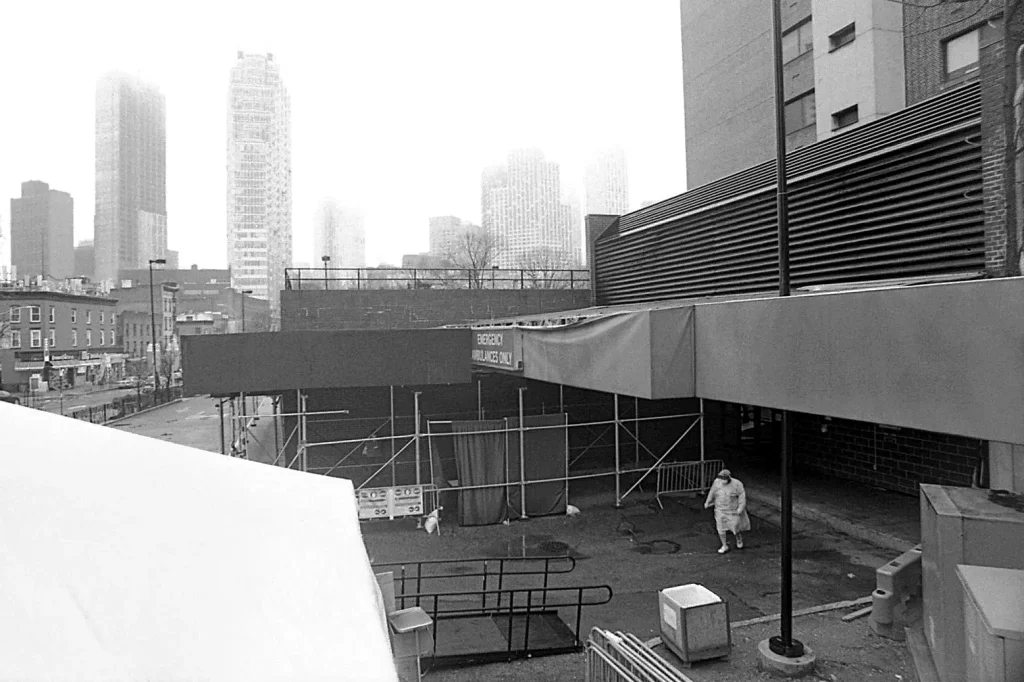
The pre-Chernobyl camera and lens, from 1972 and 1979 respectively, which I used to take these pictures have become my Covid-19 companions as I take my walk each day for a bit of fresh air, exercise, and sun. Don’t know if I could take lugging it around much longer than on a short walk. It’s rather massive.
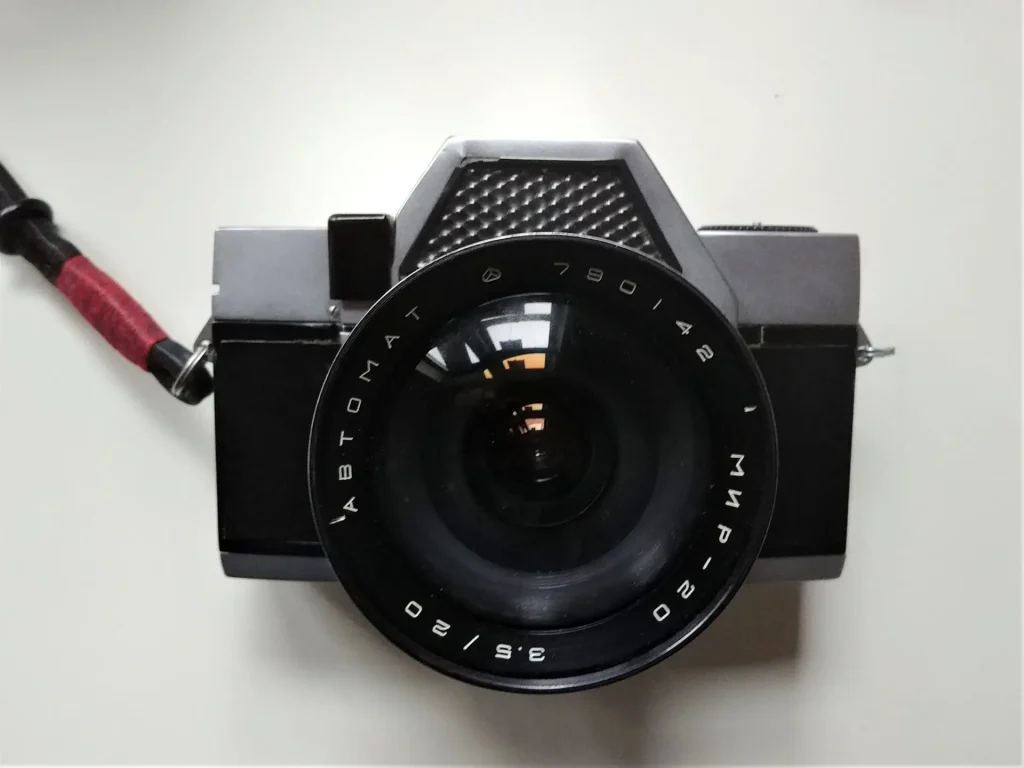
I picked it up because I was looking for an M42 ultra-wide. I read about the Zeiss Jena Flektogon 20mm and it sounded like what I wanted. I was impressed by the straight vertical lines in the sample pics I saw. But it was a bit pricier than what I wanted to spend. So I began looking at the Mir 20mm, which seemed to have many of the same attributes as the Flektogon, at a lower price. While shopping for a Mir, I noticed that the “Automat” versions were substantially cheaper. I soon discovered that this is because these versions are for the bayonet mount of the Kiev 10 and Kiev 15 SLRs and, as I explain later, pose serious challenges for adapting to other mounts.
When I saw a pic of the space age Kiev 10, I was in awe. I was able to score one with the Mir 20mm for a low price (maybe too low…). The front-mounted shutter button has a long throw with a good bit of resistance, but that said it’s a very smooth shooter. I’ve been able to shoot at 1/2 sec handheld and I notice very little mirror slap or vibration. The wide-angle lens helps, and I’m generally able to brace such shots pretty well, but also the camera’s unique fan shutter operates almost like a leaf shutter and is likewise relatively vibration-free. Its range is 1/2 to 1/1000 sec plus Bulb. Unlike standard Soviet camera practice of copying German designs, the Kiev 10 is a very original and innovative camera.
Rather than adjusting the aperture through a ring on the lens, the aperture control on the Kiev 10 works through a dial on the front of the body – well, it works on the 50mm that came with it and the 85mm Jupiter I got separately, but not on the 20mm Mir. The aperture control tab on the lens moves freely, and the mechanism inside the body that’s supposed to couple with the aperture control tab rotates when you press the shutter, but something seems to be impeding the movement of the mechanism with the lens mounted. I’ve eliminated a number of things it could be but it remains a mystery. I’ve taken a file and hammer to it (on a bent bayonet retaining spring). Next tool I’m gonna try is a sickle.
However, through my efforts (or not), I could get the aperture to move from closed down when it was re-mounted to wide open using the dial — it just wouldn’t operate properly like the other lenses where it stops down with a press of the shutter. Once I turn the dial to a setting, it stays there. So I figured, good, just need to guesstimate the f-stop by looking at the aperture and leave it there. It’s unaffected by firing the shutter.
But then I noticed the aperture would open and close a bit sort of randomly and then I finally realized that I was accidentally turning the front lens element when I was un-mounting and re-mounting the lens, and that by turning the front lens element (it seems to not really tighten) I could open and close the aperture — without having to re-mount the lens!
So, yeah, it works great!
It’s funny. There is interest in these lenses, especially the 20mm Mir and 85mm Jupiter, because they are very good lenses and relatively cheap since they have this weird Kiev SLR mount, often a good deal cheaper than the M42 versions. So, people want to know how to adapt them to digital cameras, but the main problem is there is no way to adjust the aperture because it lacks an aperture ring. But the front lens element is the aperture ring! (Not sure if this is universal). Anyway, it’s been a good companion in these times.
You can read more about the Kiev-10 here on SovietCams.
And you can see more of my work, along with my takes on various old cameras and fresh films, on my website.
Stay safe.
-Peter
Share this post:
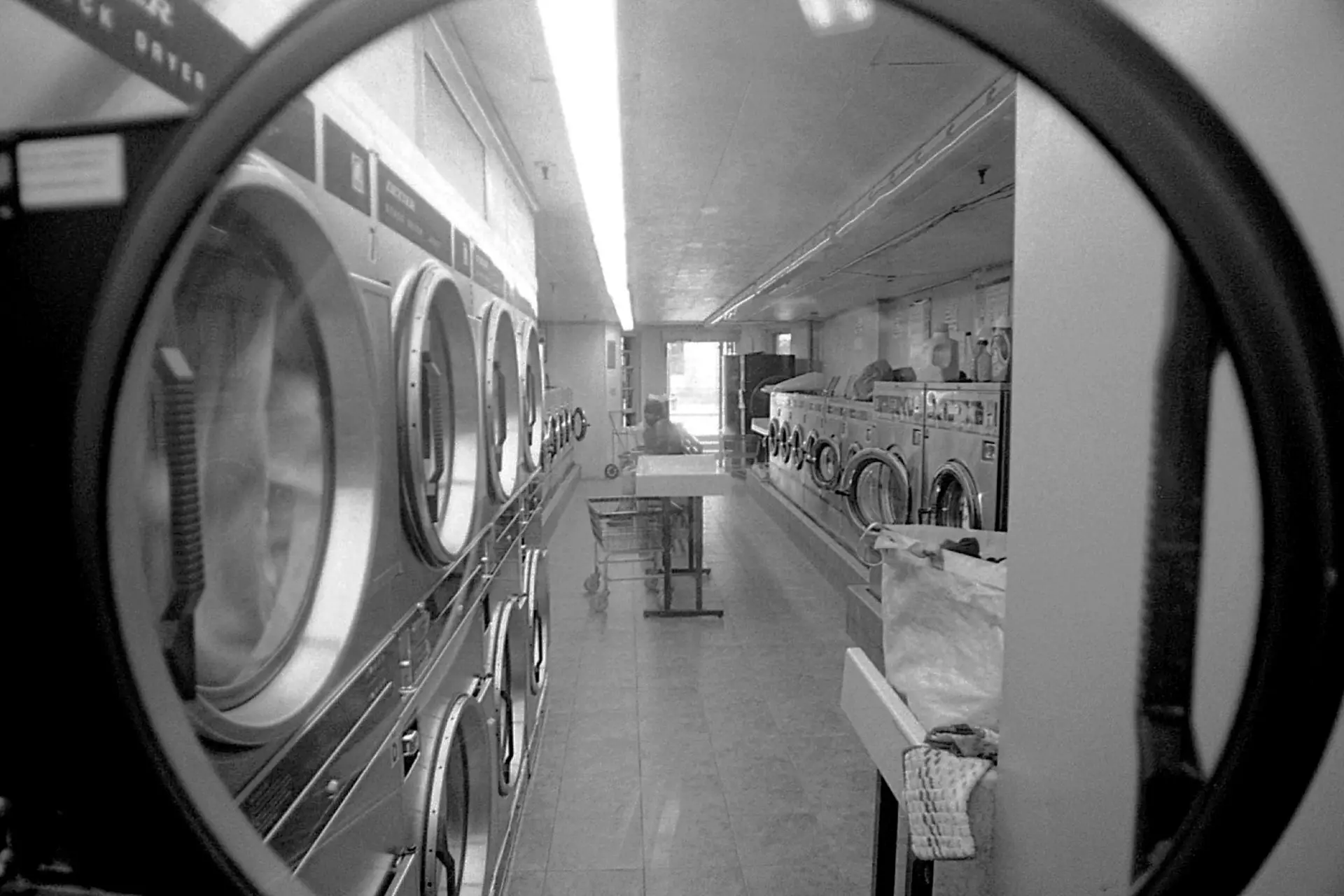








Comments
Ross Attix on Covid-19 Essential Services with a Kiev 10 and Mir 20 Lens – by Peter Schafer
Comment posted: 12/05/2020
Thanks for posting this.
Ross
Igal on Covid-19 Essential Services with a Kiev 10 and Mir 20 Lens – by Peter Schafer
Comment posted: 12/05/2020
Nathalie Porter on Covid-19 Essential Services with a Kiev 10 and Mir 20 Lens – by Peter Schafer
Comment posted: 12/05/2020
Comment posted: 12/05/2020
Mask portraits - Koniflex TLR and Portra 400 - by Peter Schafer - 35mmc on Covid-19 Essential Services with a Kiev 10 and Mir 20 Lens – by Peter Schafer
Comment posted: 15/07/2020